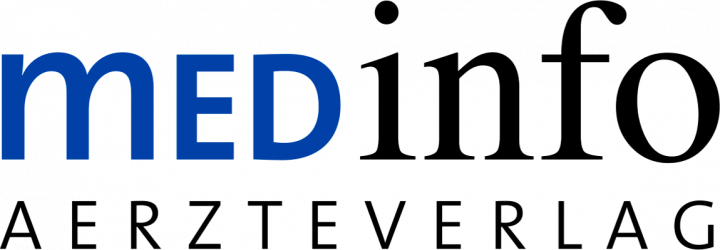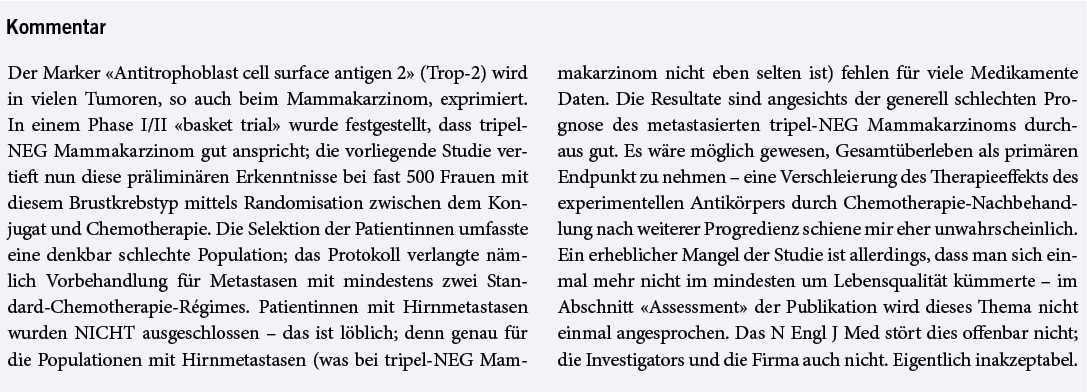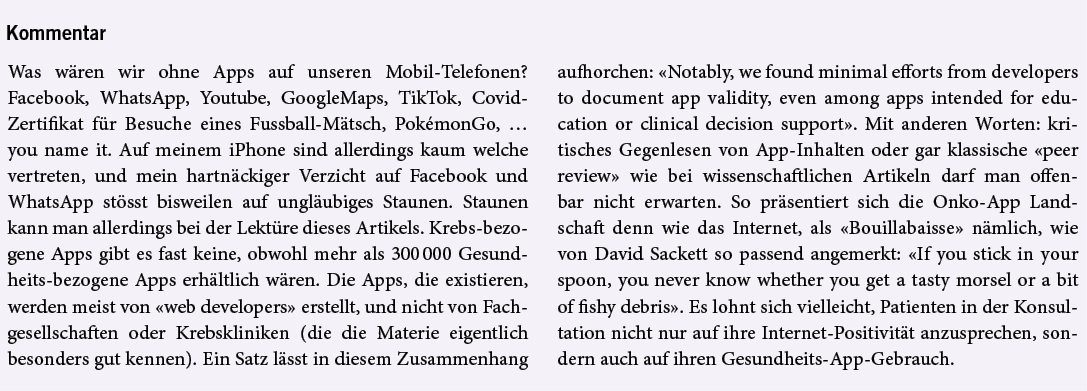- Opioidunterbehandlung bei Krebs-Patienten mit schlechter Prognose am Lebensende
Enzinger AC et al. US trends in opioid access among patients with poor prognosis cancer near the end-of-life. J Clin Oncol 2021; DOI https://doi.org/10.1200/JCO.21.00476
Zusammenfassung: Heightened regulations have decreased opioid prescribing across the United States, yet little is known about trends in opioid access among patients dying of cancer.
Between 2007 and 2017, the proportion of decedents with poor prognosis cancers receiving > 1 opioid prescription near their end of life declined by 15.5% from 42.0% to 35.5%. Overall, the total amount of opioids prescribed per decedent near EOL fell 38.0%, from 1,075 morphine milligram equivalents per decedent to 666 morphine milligram equivalents per decedent. Simultaneously, the proportion of patients with pain-related ED visits increased 50.8%, from 13.2% to 19.9%. Opioid use among patients dying of cancer has declined substantially from 2007 to 2017. Rising pain-related ED visits suggests that EOL cancer pain management may be worsening.
Tumorpatienten gegen COVID-19 zu impfen lohnt sich
Goshen-Lago T et al: Serologic status and toxic effects of the SARS-CoV-2 BNT162b2 vaccine in patients undergoing treatment for cancer. JAMA Oncol doi:10.1001/jamaoncol.2021.2675
Zusammenfassung: The efficacy and safety profile of SARS-CoV-2 vaccines were acquired from phase 3 studies where patients with cancer were not represented.
This cohort study prospectively enrolled 232 patients with cancer under active treatment after the first and second doses of the BNT162b2 vaccine (Pfizer BioNTech mRNA vaccine) and 261 healthy, age-matched health care workers as controls. After the second vaccine dose, the seropositive rate reached 86% (n = 187) in the patients. Patients undergoing chemotherapy showed reduced immunogenicity. In seronegative cancer patients, the rate of documented absolute leukopenia reached 39%. No COVID-19 cases were documented throughout the study period; however, 2 cases in the patient cohort were noted immediately after the first dose. Adverse events were similar to data from healthy individuals.
The SARS-CoV-2 BNT162b2 vaccine appeared to be safe, and seroconversion occurred in most cancer patients after the second dose. There was a pronounced lag in antibody production compared with the rate in non-cancer controls.
Sacituzumab Govitecan bei triple-negativem Brustkrebs
Bardia A, et al. Sacituzumab Govitecan in metastatic triple-negative breast cancer. N Engl J Med 2021; 384: 1529-41.
Zusammenfassung: Sacituzumab govitecan is an antibody–drug conjugate composed of an antibody targeting the human trophoblast cell-surface antigen 2 expressed in the majority of breast cancers, coupled to SN-38 (a topoisomerase I inhibitor).
In this randomized phase 3 trial, we compared sacituzumab govitecan with single-agent chemotherapy in patients with relapsed or refractory metastatic triple-negative breast cancer. The median progression-free survival (primary endpoint) was 5.6 months with sacituzumab govitecan and 1.7 months with chemotherapy. The median overall survival was 12.1 months with sacituzumab govitecan and 6.7 months with chemotherapy.
PFS and OS were significantly longer with sacituzumab govitecan than with single-agent chemotherapy among patients with metastatic triple-negative breast cancer.
Mobile Gesundheits-Apps in der Onkologie
Upadhyay VA et al. Landscape Analysis of Oncology Mobile Health Applications. JCO Clin Cancer Inform 2021; 5:579-587
Zusammenfassung: More than 325,000 mobile health applications (apps) have been developed. We sought to describe the state of oncology-specific apps.
In the Apple iOS and Google Play app stores we identified 794 oncology-specific applications; only 257 (32%) were evaluable. The most common intended audience was health care professionals (45%), with 28% being geared toward the general public and 27% being intended for patients. The intended function was education for 36%, clinical decision support for 19.5%, and patient support for 18%. Only 23% of education apps and 40% of clinical decision support apps reported any formal app content review process. Web developers created 61.5% of apps, scientific societies created 10%, and hospitals or health care organizations created just 6%.
Few oncology-related apps exist in the commercial marketplace, and there is a notable absence of key oncology stakeholders in app development.
Bern
martin.fey@insel.ch
Aktien von Novartis, Roche und Johnson & Johnson










